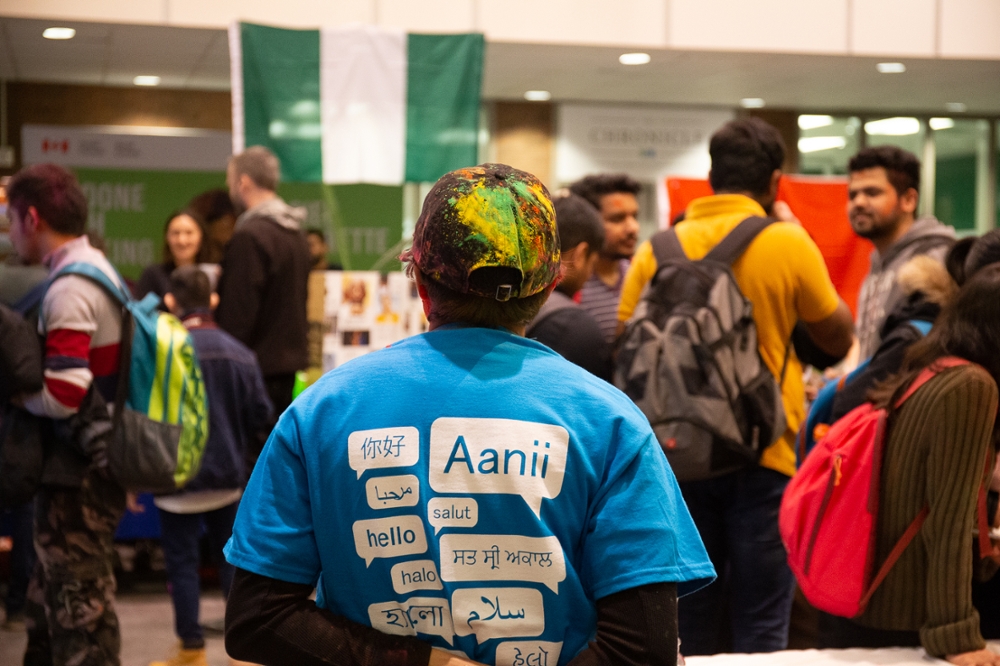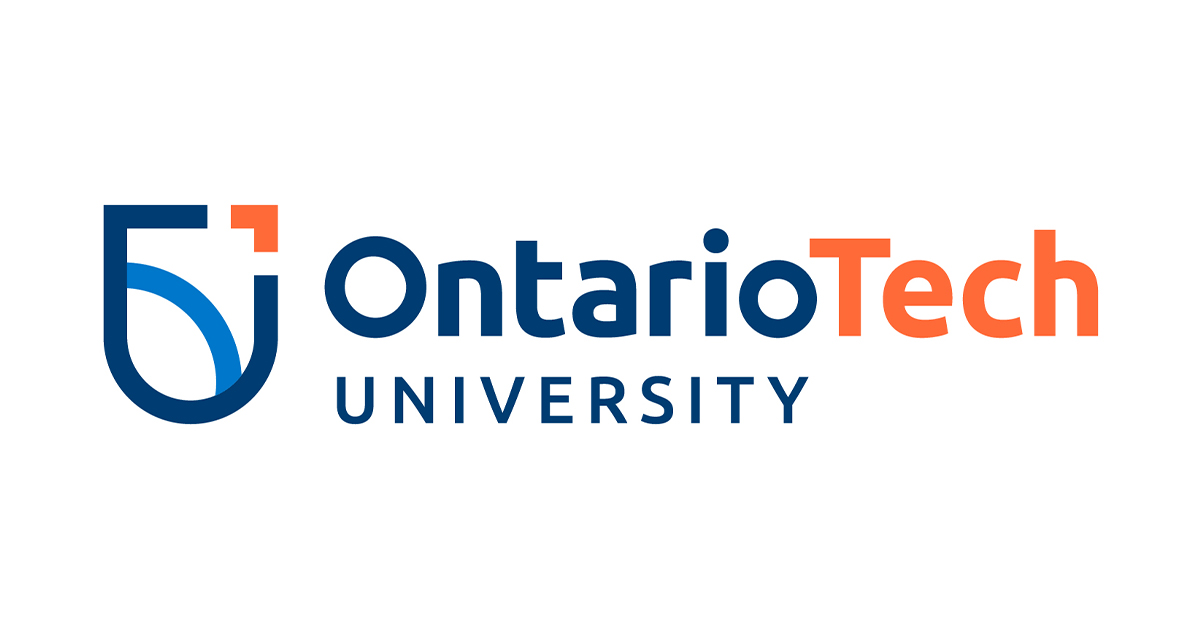A Guide for International Students: Unlocking the Secrets of Canadian Culture
August 25, 2023
Hello, fellow students and international students! Are you feeling a mix of excitement and anxiety as you prepare to embark on your Canadian adventure? Don't worry, you're not alone! As someone who has already gone through the ups and downs of studying in a new country, I'm here to share my experiences and help ease your transition. This blog aims to answer two questions that you can see below. Good luck!
- What cultural norms should an international student know about when living in Canada?
- What is the history of Canada and how can we move towards reconciliation when it comes to the Indigenous community
Canadian Culture and Norms
Living the Canadian life can mean a number of different things and I am here to help you international students get acquainted with the culture and norms that you will be exposed to upon setting foot on Canadian soil. Some might be familiar, others might be completely foreign, and some might be so obvious you'll wonder why I even bothered mentioning them! But regardless, I'll make sure you're well-equipped to navigate Canadian life. And remember, it's not just about reading this article - you can learn a lot by observing people, asking questions, and giving yourself permission to make mistakes. So let's get started!
Elements of Canadian Culture
School:
Higher Education
Higher education in Canada can take the form of either a college or university. At Ontario Tech, your days may consist of a mix of lectures, labs, tutorials, or workshops. Professors usually hold office hours, where you can drop in and ask questions about assignments or lecture content. Additionally, each class typically has a teaching or lab assistant - usually a graduate student in the same or a related field - who can mark assignments and provide support with course content.
Reading Week
When I first started studying at an Ontario university, I was introduced to the concept of "Reading Week," and I have to admit, I was a little confused at first. But now, it's my favorite time of the semester! This one-week break is designed for students to prepare for midterms, but let's be real - we all need a break from academics sometimes. And who says that break can't involve catching up on your favorite TV shows or spending time with friends? Depending on the instructor, midterms may take place either before or after Reading Week. Having midterms before Reading Week means you can kick back and relax with a clear mind. It's like a mini-vacation, with just a touch of academic responsibility. So, in conclusion, thank you, Reading Week, for being a beacon of hope in the midst of midterm season.
Customs and Traditions
Thanksgiving
While not exclusivily a Canadian holiday, Thanksgiving in Canada is celebrated on the secon Monday in October, unlike our southern neighbours who celebrate it in November. It is a day of giving thanks for the blessings of the harvest and of the preceding year. The traditional Thanksgiving meal is roast turkey with various sides and often ends with a pumpkin dessert of some sort.
Halloween
Halloween is an exciting time of the year which occurs on October 31st. It's a holiday that is mostly celebrated by children who dress up in costumes and go door-to-door asking for candy, a tradition known as ‘trick-or-treating.’ In university, there are often Halloween parties where you can dress up with your friends and dance the night away!
Norms
Eating in restaurants/Canadian table manners and customs
When dining in a restaurant, there are a few nuances to keep in mind. For instance, if you want to attract a waiter’s attention, you can do so by raising your hand or saying ‘excuse me’ when they are nearby. Additionally, if you put your knife and fork on your plate, the server may assume that you have finished eating. Also, if you’re used to eating with a spoon and fork like I am, you can always ask the waiter for one.
Tip/Gratuity
It is a custom to leave a tip of 15% of the bill at the end of the meal.
Clothing
When it comes to dressing for university in Canada, casual attire is the norm. However, it’s important to consider keeping an eye on the weather before leaving the house. This took me some time to get used to, because, sometimes, the weather in Canada can change drastically throughout the day. It’s not uncommon to experience sunny and warm weather during the day, only to have it snowing and cold at night. And sometimes, the weather outside could look sunny and warm, but the temperature would be in the negatives! Trust me, I have made this mistake many times before, so it’s good practice to check the weather app before leaving your house! You can also visit the Ontario Tech International Office Website for more tips about dressing for the weather!
On the Road
In Canada, drivers drive on the right side of the road, so if you are used to driving on the left, remember to look the other way before crossing the road. Additionally, make sure to cross the road at designated crosswalks which are intended for pedestrians. On campus, when crossing the road, make sure to press the button or it will extend your waiting time for the light to change from red. The last thing to consider is that there are lights that indicate if you can cross the road, and it may come as a surprise to learn that the light turns white instead of green. So, white means go! The white signal will turn on then a red countdown will begin, giving you the amount of time you have before crossing the street. For more information, you can visit the International Website for staying safe during your stay in Canada!
Public transportation
As an Ontario Tech student, you have a bus pass that you can use to travel around the Durham region. Since you’re probably going to be using the bus a lot, there are norms about public transportation that you should know. For instance, most buses have priority seats reserved for seniors, people with disabilities, pregnant individuals, and those with young children. While It’s okay to sit in these seats, you always be willing to offer your seat when someone who needs it boards the bus. Again, you can visit the International Office Website for more information.
Indigenous History and Path to Reconciliation
Canada has a deep and complicated history with Indigenous Peoples and it is important to address the past harms that have been caused and to work in partnership in moving forward towards reconciliation.
There are many ways to practice reconciliation, and one of the first things you will notice upon arriving in Canada is the Land Acknowledgement. You may hear this before a varsity game, at the start of class, or before any event you attend during your time as an international student in Canada. A land acknowledgement is a recognition of the territory and the traditional people of the lands. Acknowledging the traditional territory expresses respect, gratitude, and appreciation for the Indigenous peoples who have inhabited and continue to live on the land. It is a significant part of the continuous journey toward reconciliation and allyship. You can view the Land Acknowledgement statement on the Student Life website, and I would like to share a video where Kim Wheatley explains why it is crucial for all of us to care and learn about land acknowledgments.
There are numerous online resources available that can help you learn more about the history of Indigenous peoples in Canada, reconciliation, and more. You can visit the Government of Canada website to access available services and information regarding Indigenous history. Ontario Tech University’s website also provides Indigenous Education and Cultural Services and resources that you can utilize in your quest to learn more about Canadian and Indigenous history and reconciliation.
As an international student or resident in Canada, it is important to show respect for the land and its history. I highly encourage you all to educate yourselves about Canada's history, including its complex relationship with Indigenous Peoples, and to learn about the paths to reconciliation.
Conclusion
Congratulations on taking the leap to study in Canada, fellow international students! It's natural to feel a blend of excitement and nervousness, you're not alone in that. As someone who's been through it, I'm here to help ease your transition. Just remember, don't be afraid to ask questions and observe people, and give yourself permission to make mistakes. After all, that's how we learn! And as for the weather, well, let's just say that even I'm still learning how to dress for it. Welcome to Canada, and enjoy the journey!






